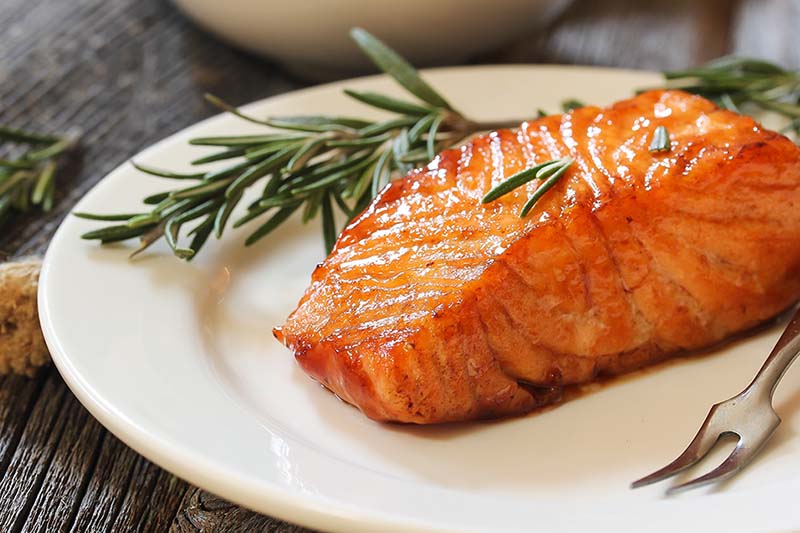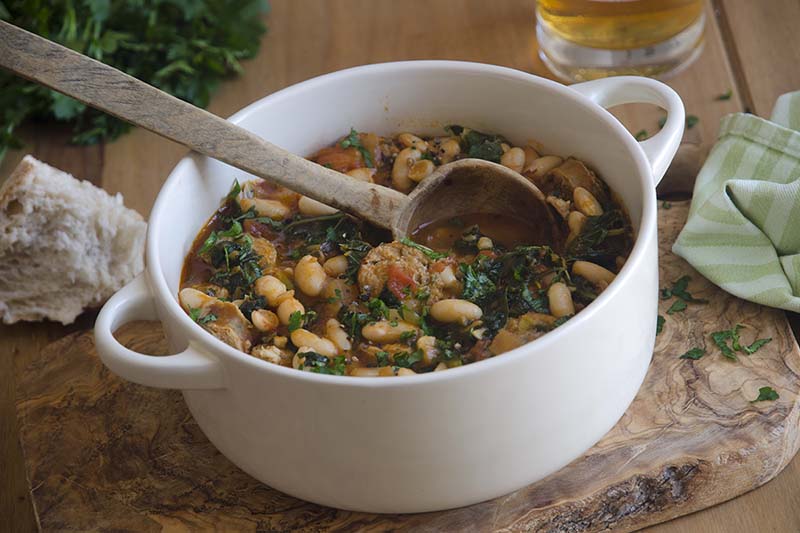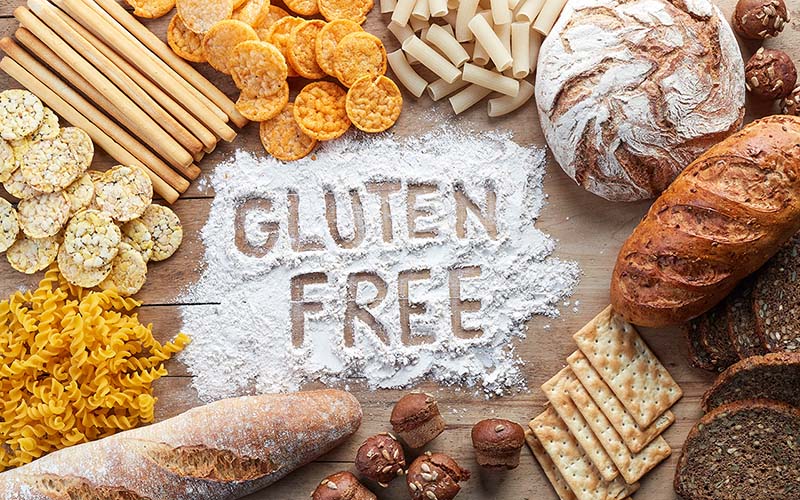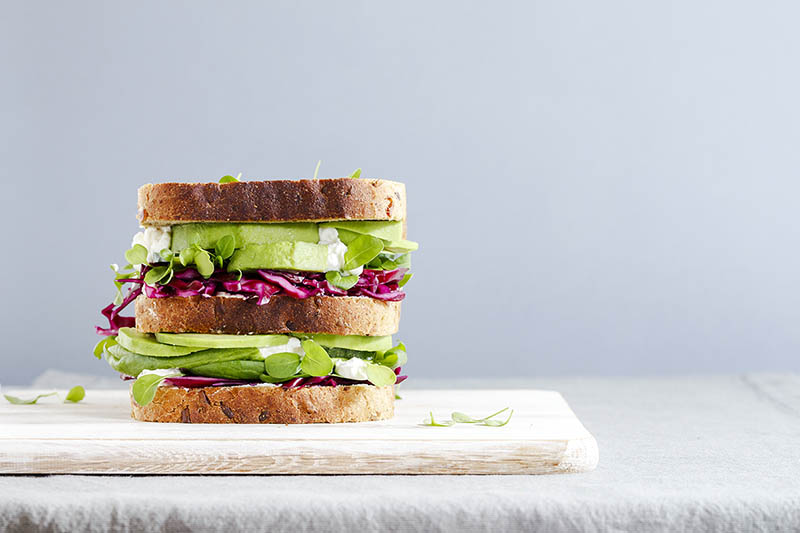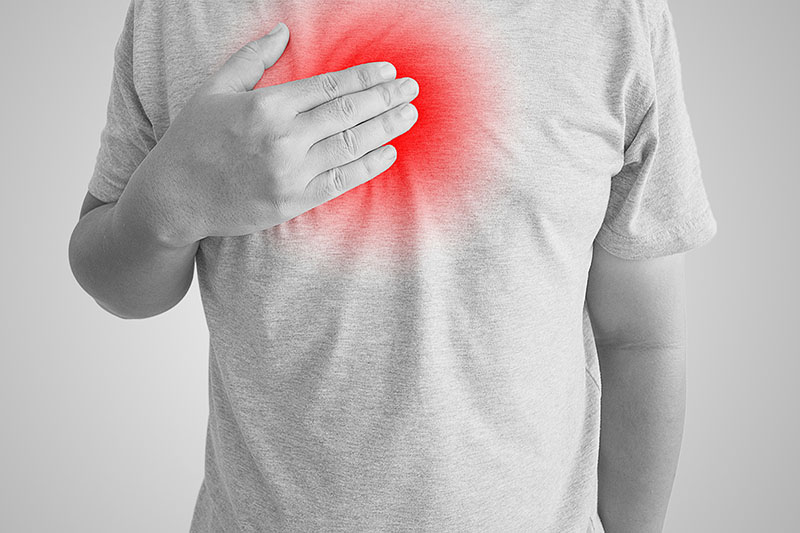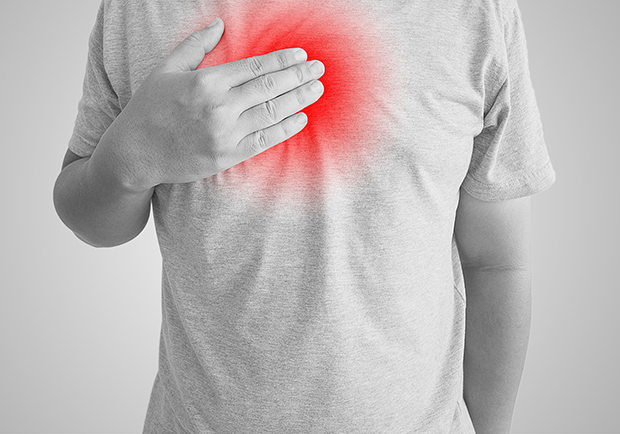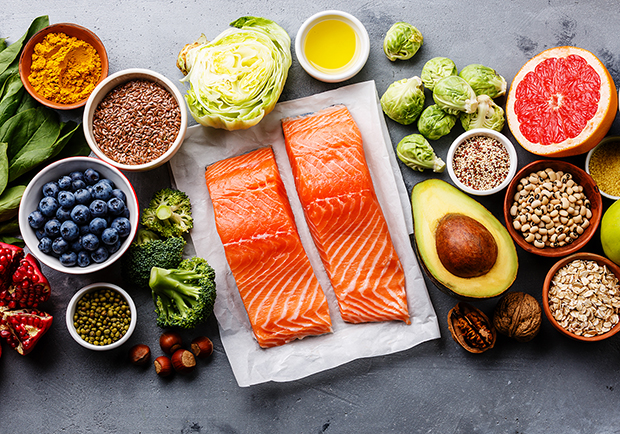5 Tips for Clean Eating
Clean eating means eating more whole, natural foods—here’s how you can incorporate it into your life without feeling like you’re missing out.
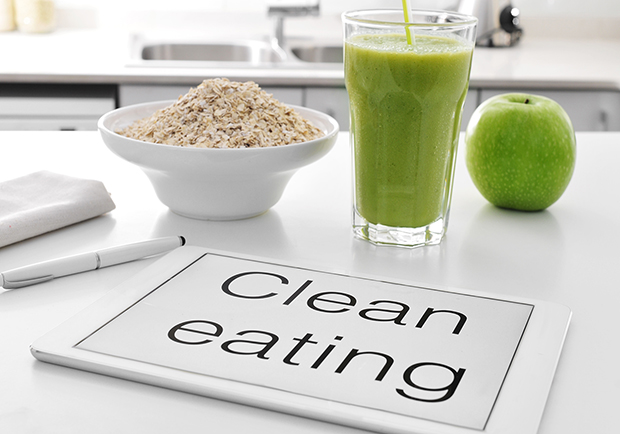
If you haven’t heard of clean eating, here’s the quick and dirty—er, clean—rundown: Clean eating means consuming fruits and vegetables and foods that have as few ingredients as possible. The idea is to put fewer chemicals into your body and to provide it with the nutrients and vitamins it needs to function at its best. We’ll break down the basic tenets of clean eating and show you how to master each one:
1. Eat more fruits
Fruit is nature’s candy. And, in the case of oranges and bananas, it even comes in its own packaging. To incorporate more fruit into your diet, start bringing it with you. You’re not going to eat fruit at work if it’s not readily available—instead, you’ll wander over to the breakroom and grab some Cheez-Its. If, however, you have a lovely container of grapes nearby, you’ll reach for that instead.
Also, don’t get into a fruit rut; you’ll find that you’ll grow tired of apples if you eat them every day. Go with whichever fruits are in season and you’ll find yourself looking forward to eating your daily dose of fruit all year.
Related: Don't Drink Your Calories: Why Sugary Beverages Are Harmful to Your Body
2. Eat more vegetables
Look, most people don’t get excited by the prospect of eating more vegetables. If that sounds like you, it’s time to go on a vegetable discovery journey. Try eating vegetables you’ve never tasted before. Nibble on some sugar snap peas or try noshing an artichoke. Once you know what you like, incorporating vegetables into your diet can be a pleasure, not a pain.
3. Eat whole grains
Whole grains are those grains that look most like the way they appear in nature. Think wild rice and oats and quinoa. Making the switch to whole grains is quite easy: there’s whole grain pasta and whole grain bread everywhere. But be sure to read labels; just because something claims to be made with whole grain doesn’t mean whole grains are the primary ingredient, and that’s what you want. If you’re going to make a single step, banish white bread. You’re better than white bread: Go for the delicious, hefty, whole grain goodness and you’ll feel fuller, longer.
Related: Thai Slaw with Peanut Dressing
4. Less meat
I’m not about to suggest you stop eating meat (unless you want to). When you do eat meat, choose grass-fed beef and free-range chicken. Try incorporating more beans and nuts into your diet for different types of protein. If you do nothing else, avoid processed meat that contains hormones, antibiotics, and sulfates.
5. Limit added sugar
Sigh. We eat too much sugar. Everyone knows that. But, man—brownies are necessary for survival. The solution? Choose clean foods for a majority of your diet and have sugar as an occasional treat, and you’ll still see the benefits of switching to a clean-eating lifestyle. Start checking things like sauces and yogurt for unnecessary sugars and stay away from soda. That way, when you do have brownies, they’ll feel more like a special little luxury and be much more meaningful. It’s all about balance.
Eating clean doesn’t have to be a diet or a strict regimen; you can begin to be kinder to your body simply by feeding it real food and being conscious of what you consume. Start incorporating fruits and vegetables and whole grains into every meal. Then, switch to free-range and grass-fed meats to make sure fewer antibiotics and hormones make their way into your body.
And brownies? Well, brownies are important. But make sugar a special treat and limit added sugars in your everyday foods.

